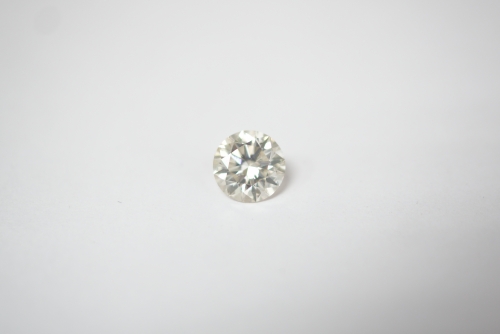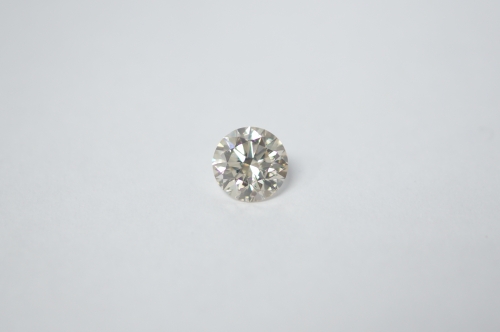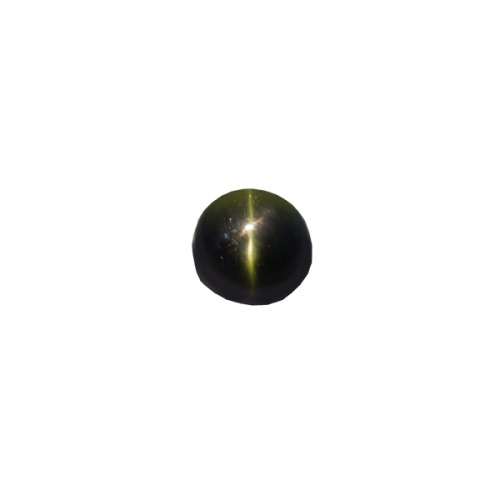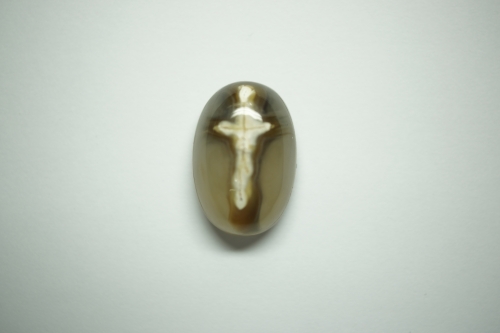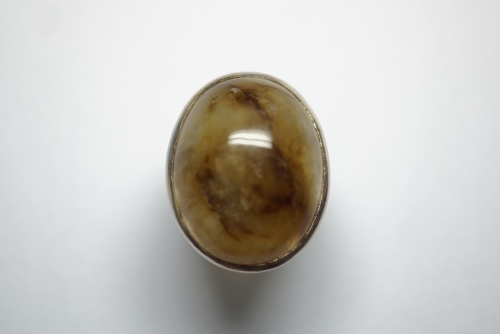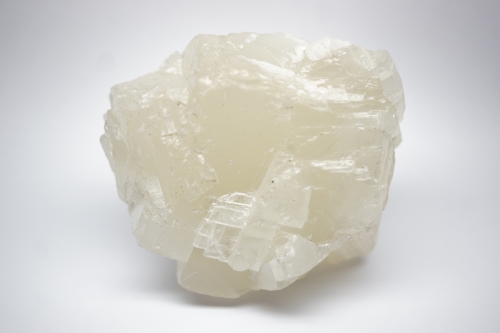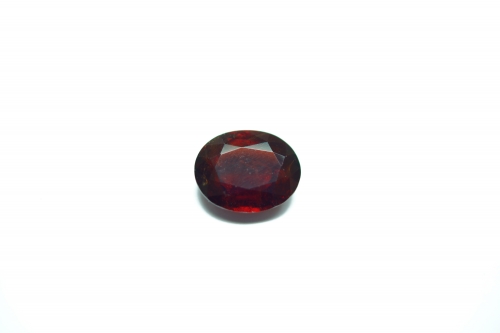Properties
- Mineral: Diamond
- Chemistry: C
- Colour: Colorless
- Refractive Index: 2.42
- Birefringence: None
- Specific Gravity: 3.52 (+/-0.01)
- Mohs Hardness: 10
About Diamond
Undisputedly the most well-known gemstone in the world, diamonds are actually made from the same material as the tips of pencils. A material called carbon. The difference is the formation process. Diamonds form under high temperature and pressure about 200 kilometres beneath the earth’s surface. The extreme conditions in the earth’s mantle forces the diamond’s carbon atoms to bond in the same way in all directions in a structure that makes diamonds the hardest mineral in the world. The formation process of diamonds occurs over periods from 1 billion to 3.3 billion years. Diamonds are then brought close to the Earth’s surface through deep violent volcanic eruptions by magma, which cools into igneous rocks known as kimberlites and lamproites.

